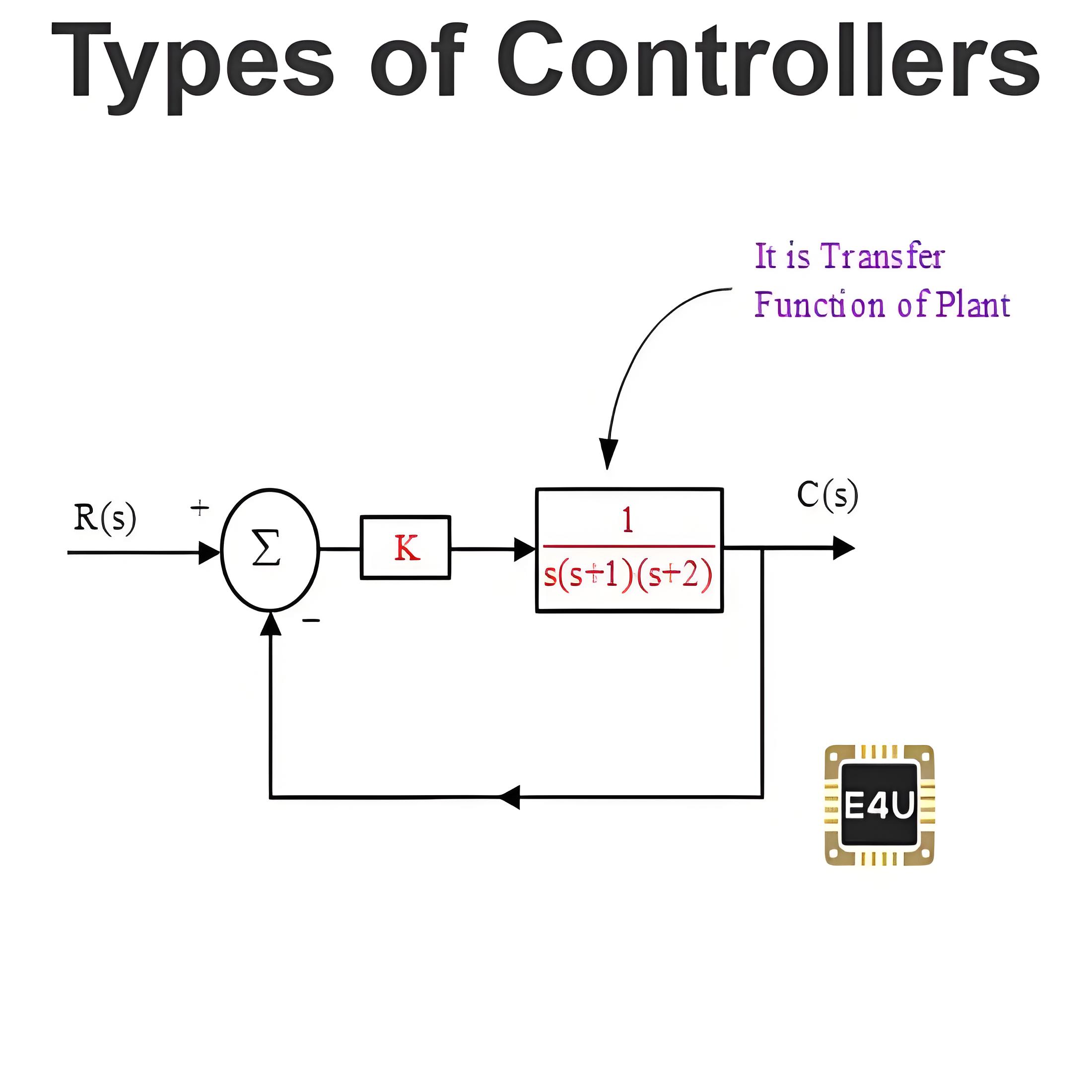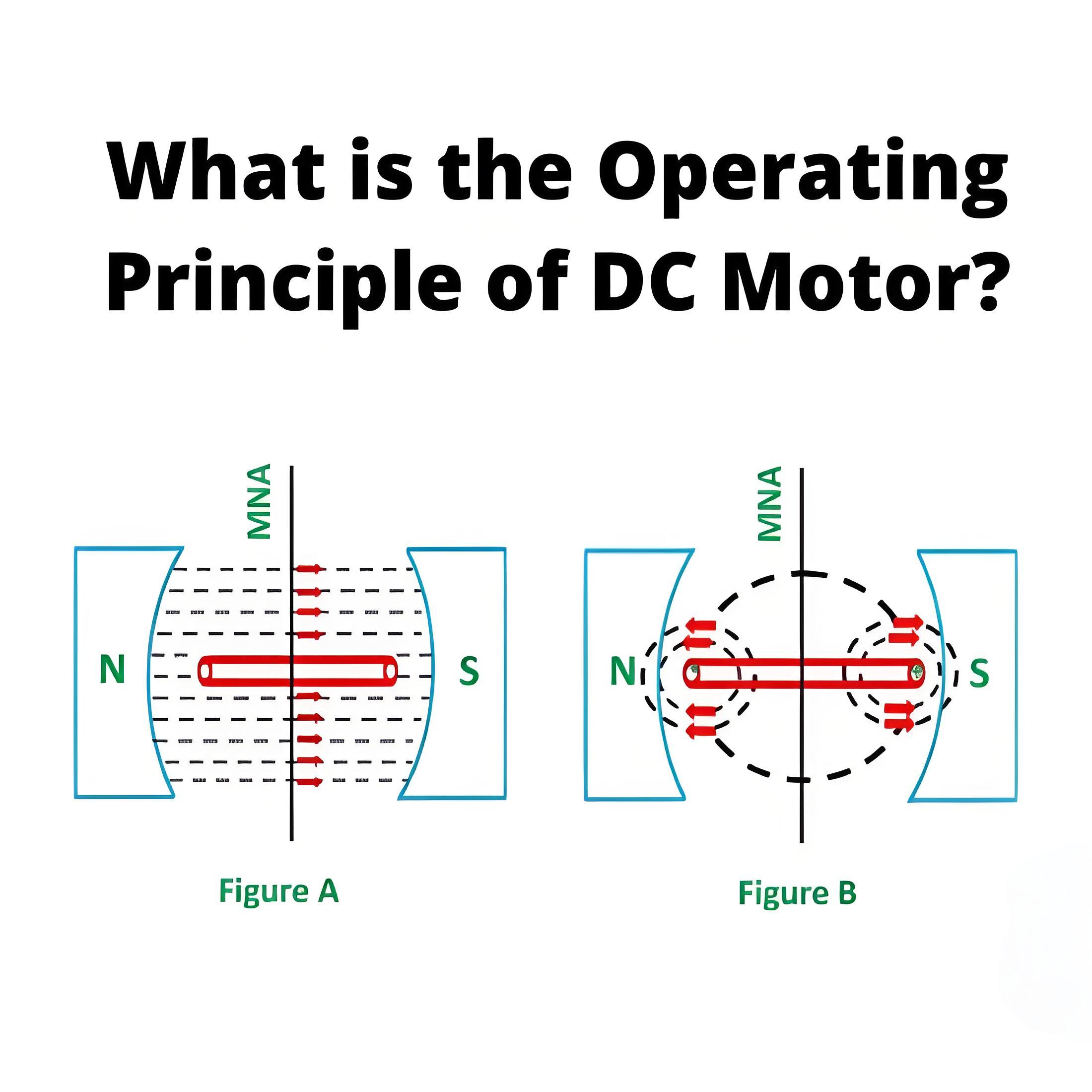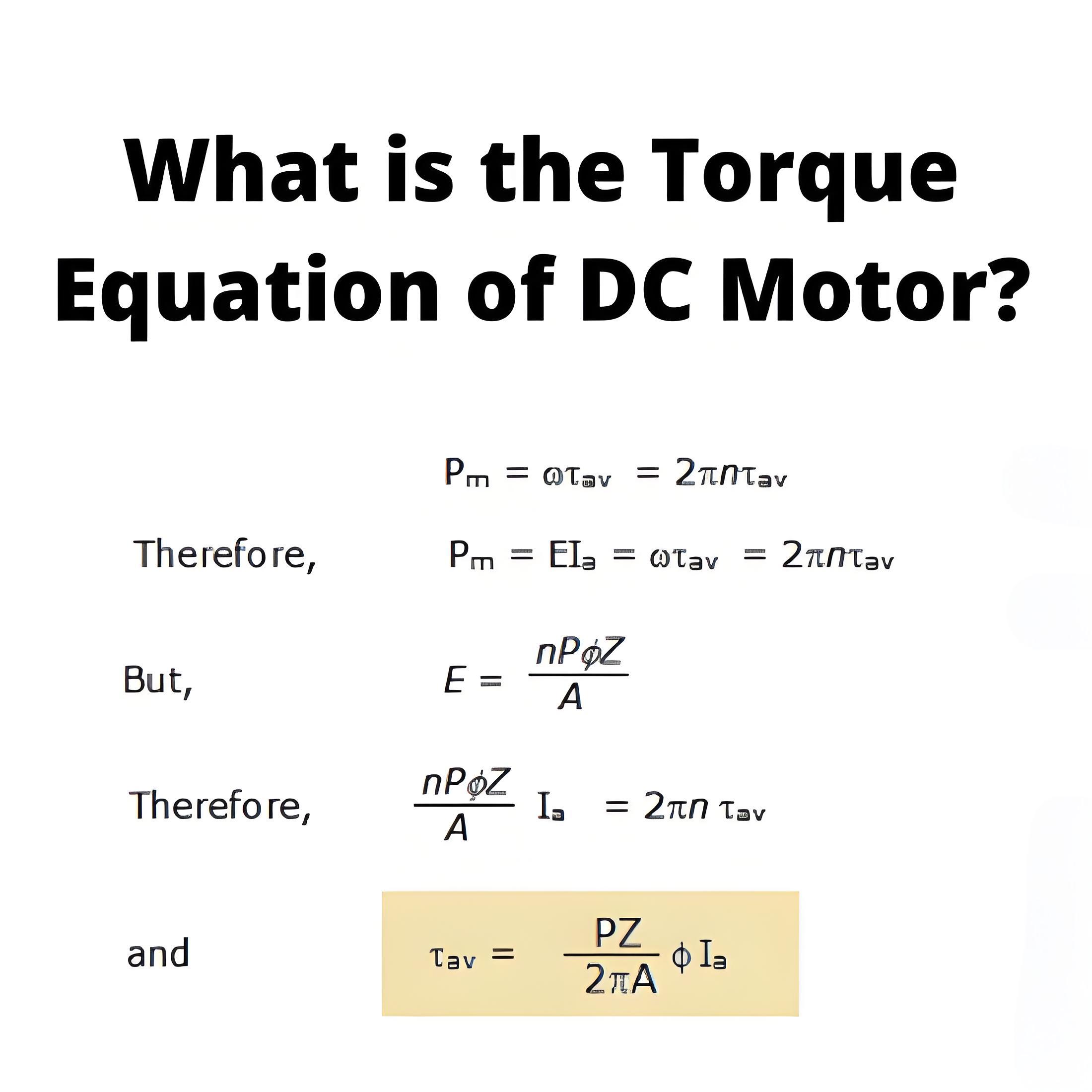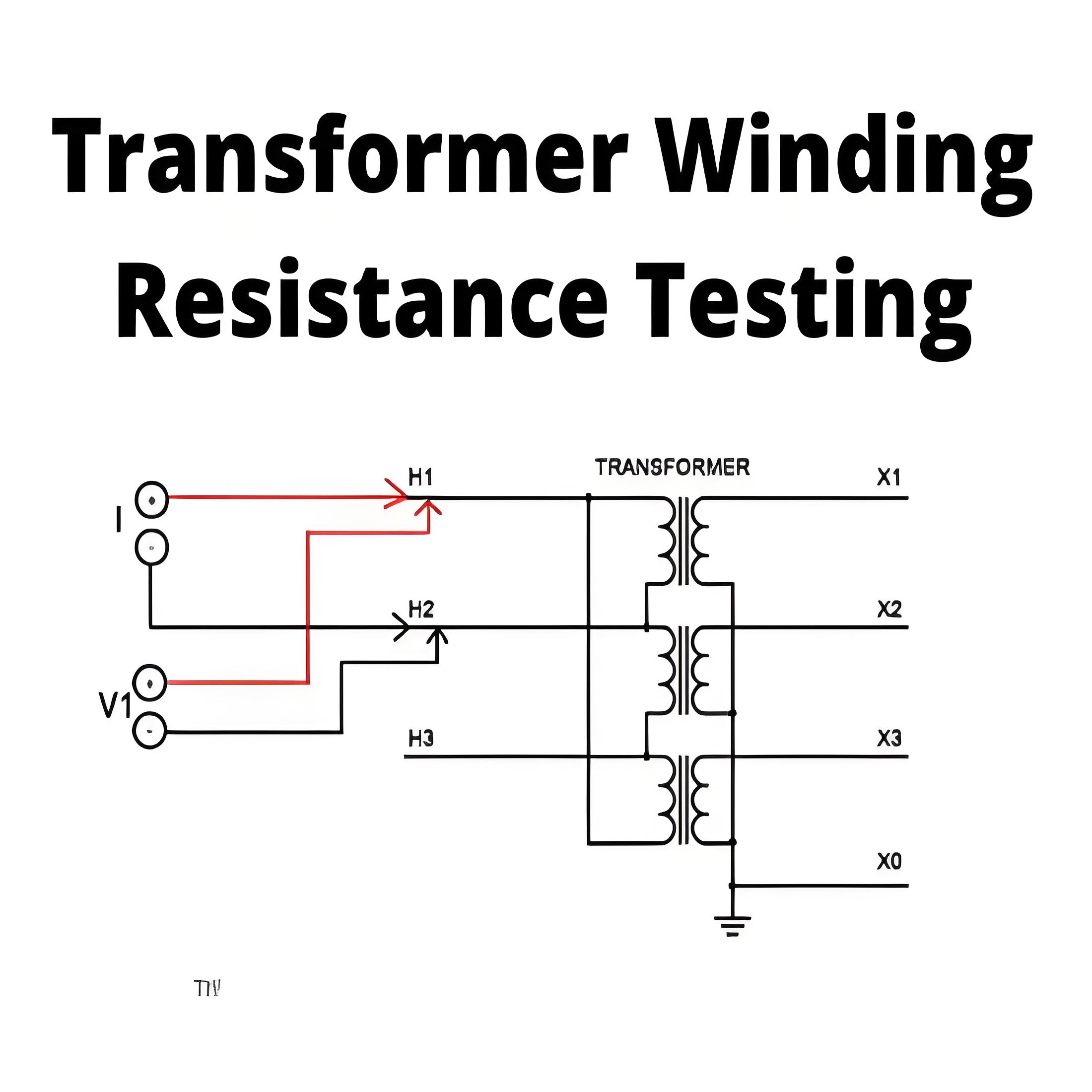What is Energy Meter Testing?
What is Energy Meter Testing?
Energy Meter Definition
An energy meter is defined as a device that measures the electrical energy consumption in various settings like homes and industries.
Standard Tests for Energy Meters
Performance tests for energy meters, according to IEC standards, are divided into three main segments: mechanical aspects, electrical circuits, and climatic conditions.
Mechanical component tests.
Climatic conditions test include those limits which influence the performance of the meter externally.Electrical requirements covered many tests before giving accuracy certificate.
Electromagnetic Compatibility Test
The electromagnetic compatibility (EMC) test is crucial for ensuring the accuracy of an energy meter. This test is divided into two parts: Emission tests and Immunity tests. Today, electromagnetic interference (EMI) is a common issue.
Those circuits in use today, can emit electromagnetic energy which can affect the performance and reliability of both its inner circuitry and the nearby equipment. EMI can travel through conduction or by radiation. When EMI goes through the wire or through cables, it is called conduction. When it travels through free space, it is called radiation.
Emission Test
In an electronic system, there are many components like switching elements, chokes, circuit layout, rectifying diodes and much more which produce EMI. This test ensures that the energy meter does not affect the performance of the nearby instruments or we can say that it ensures that it does not conduct or radiate EMI beyond a definite limit. There are two types of emission test based on the EMI escapes from the system.
Conducted emission test
In this test, power lead and cables are checked to measure the EMI escape, and it covers small meter of the frequency range from 150 kHz to 30 MHz.
Radiated emission test
This test measures the EMI escape through free space, and it covers large meters of the frequency range from 31 MHz to 1000MHz.
Immunity Test
The emission test makes sure the meter does not emit EMI that affects nearby equipment. The immunity test ensures the meter functions well even when there is EMI around it. There are two types of immunity tests: one based on radiation and the other on conduction.
Conducted immunity test
These tests ensure the meter functions properly even when surrounded by EMI. The EMI source can be through data lines, interface lines, power lines, or direct contact.
Radiated immunity test
During this test, meter functioning is monitored and if it gets affected by EMI present in the surrounding area, that fault is recognized and corrected their only. It also is known as the electromagnetic high-frequency field test. Radiations generated by sources like small handheld radio transceivers, transmitters, switches, welders, fluorescent lights, switches, operating inductive loads etc.
Welcome to our electricity community! Established to facilitate the exchange and cooperation in the electricity industry and bridge professionals, enthusiasts, and related enterprises.





